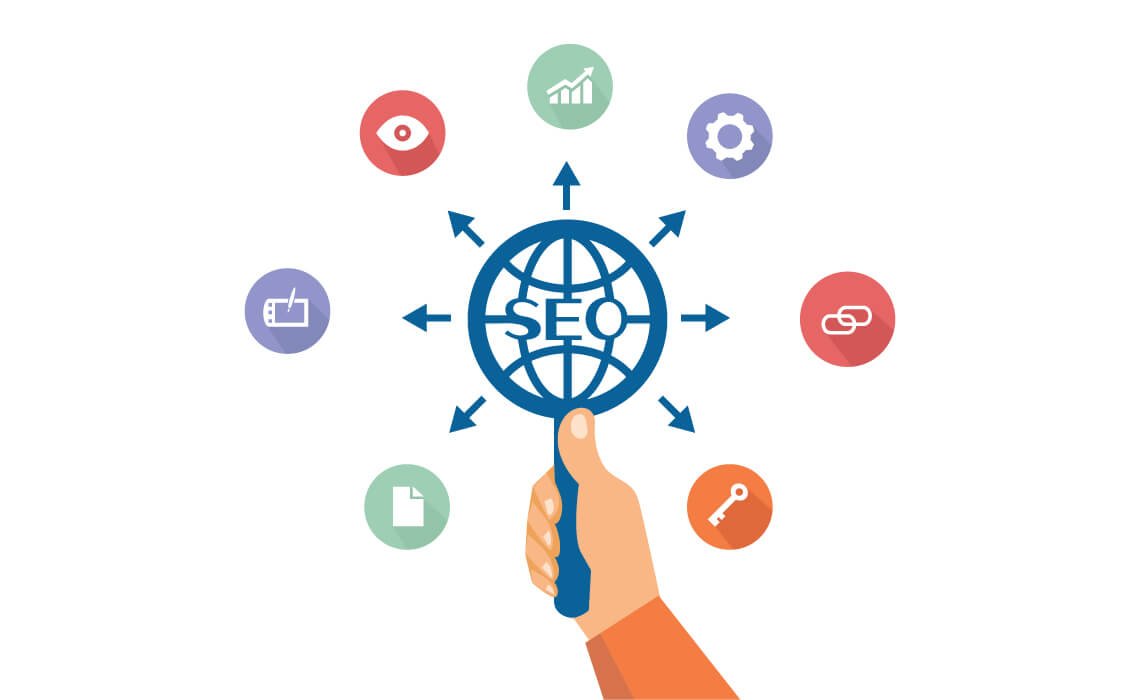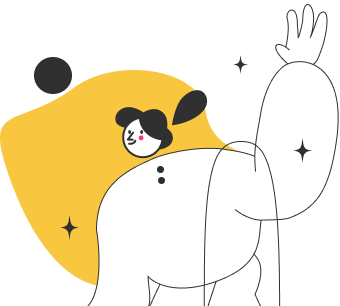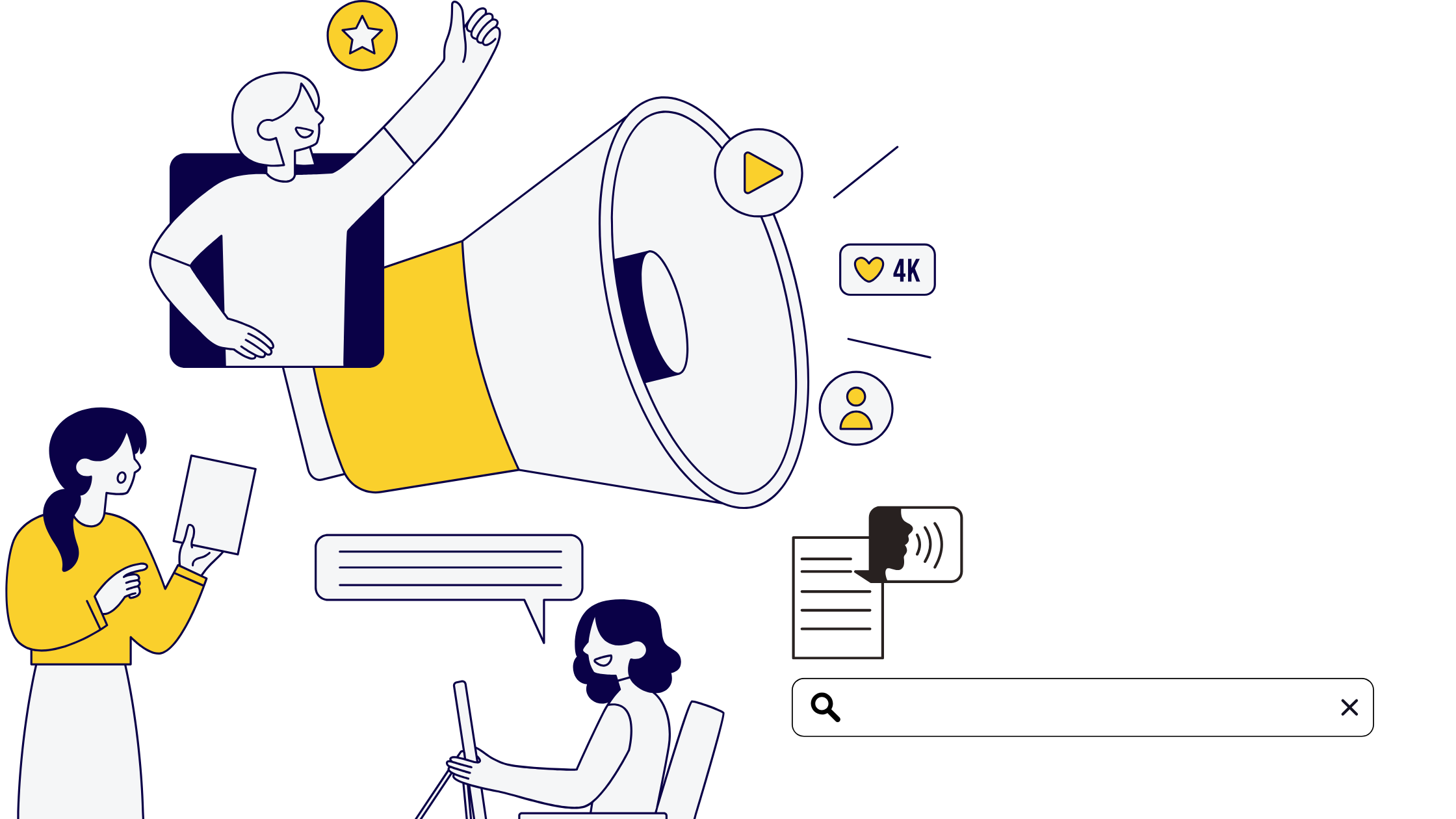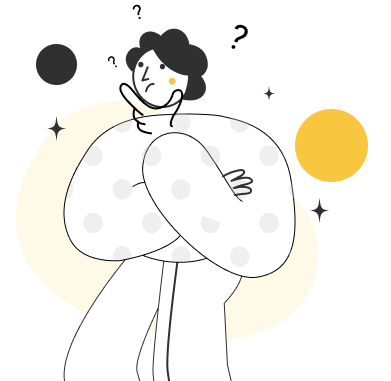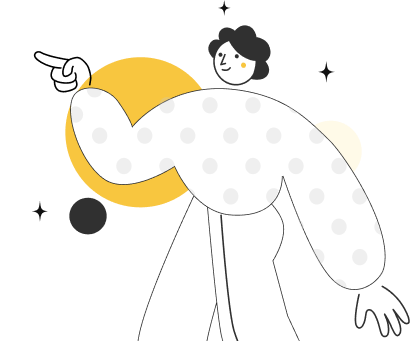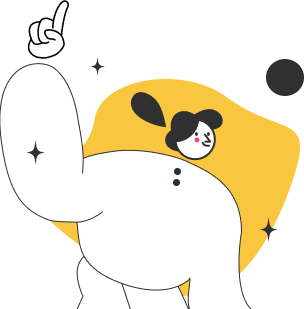As mentioned in the previous section, on-site SEO is made up of three elements. After explaining the different content elements, let’s look at the next set of on-site elements: HTML Elements.
HTML Elements
These are elements present in your source code. Click View > Developer > View Source in the top menu to see the source code for any page in your browser.
Page titles
Your web site page titles (also referred to as title tags) are one of the most important SEO elements. Titles tell both visitors and search engines what are they getting into before they enter your website. Be sure to include the focus keyword for each page in the title to rank first. Incorporate your keyword as naturally as possible.
Headers
Headers, also known as body tags, refer to the HTML element <h1>, <h2>, <h3>, and so on. These tags help search engines distinguish what part of your content is vital and relevant and also informs them how you organise content to make improve user experience. Incorporate vital keywords in your headers, but choose different ones than what’s in your page title. Put your most important keywords in your <h1> and <h2> headers.
Meta descriptions
The short page descriptions that appear under the hyperlinked title in search results are known as meta descriptions of a page. Although you must note that it’s not an official ranking factor for search engines. So what’s the catch and how would it influence your clicks? Because this description is what will get the user to click on your link. Make sure that your meta description is short and crisp. It should also be able to attract your reader within the short character limit. Therefore, your meta description is just as important when you’re doing on-page SEO.
Image alt-text
Image alt-text is SEO for your images. This description tells Google and various search engines what your pictures are about. It also lets users know (in case of a low range internet connection, when pictures can’t be loaded) what the image could be about. This is important because Google now delivers almost as many image-based results as they do text-based results.
That means customers could also be discovering your web site through your pictures. In order for them to do this, though, you have to add alt-text to your images.
Structured markup
The process of “marking up” your website source code is called structured markup, or structured data. By doing so, it becomes easier for Google to find and understand the different elements of your content.
If you’ve ever wondered how those featured snippets and various content features pop up on a Google search page, the answer to that question is structured markup. This data is the reason why specific page information shows up so neatly when someone shares your content on social media.
